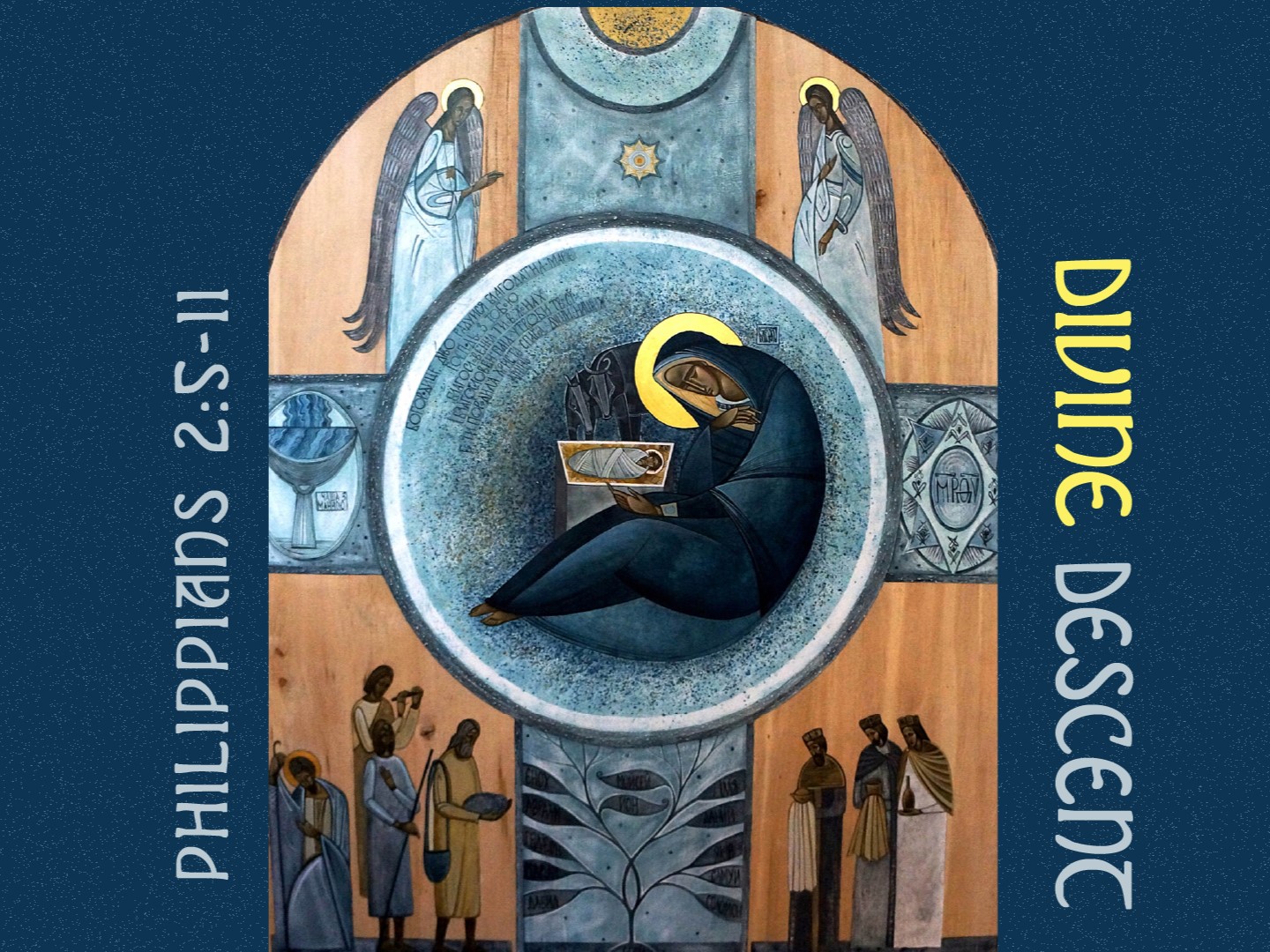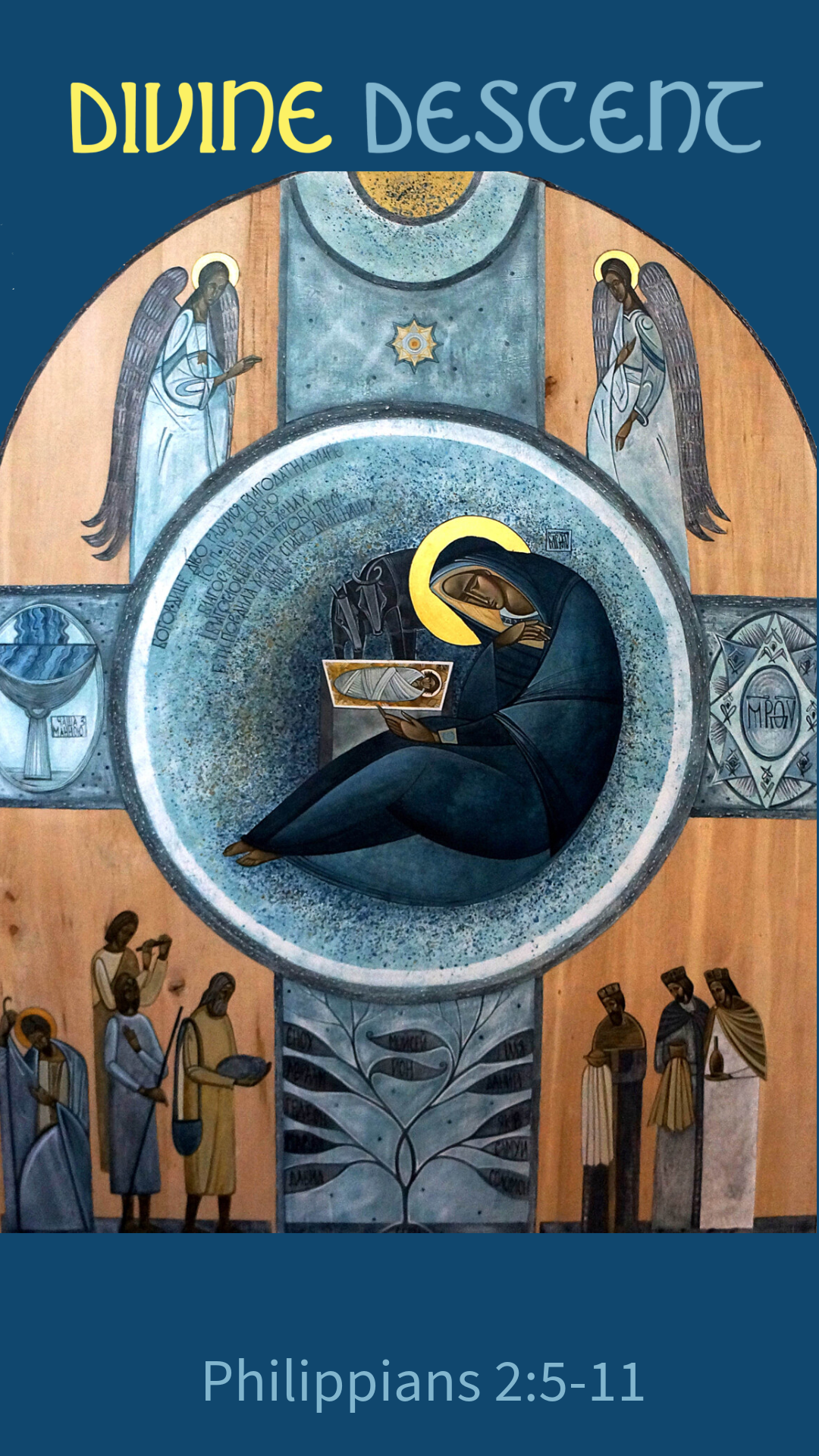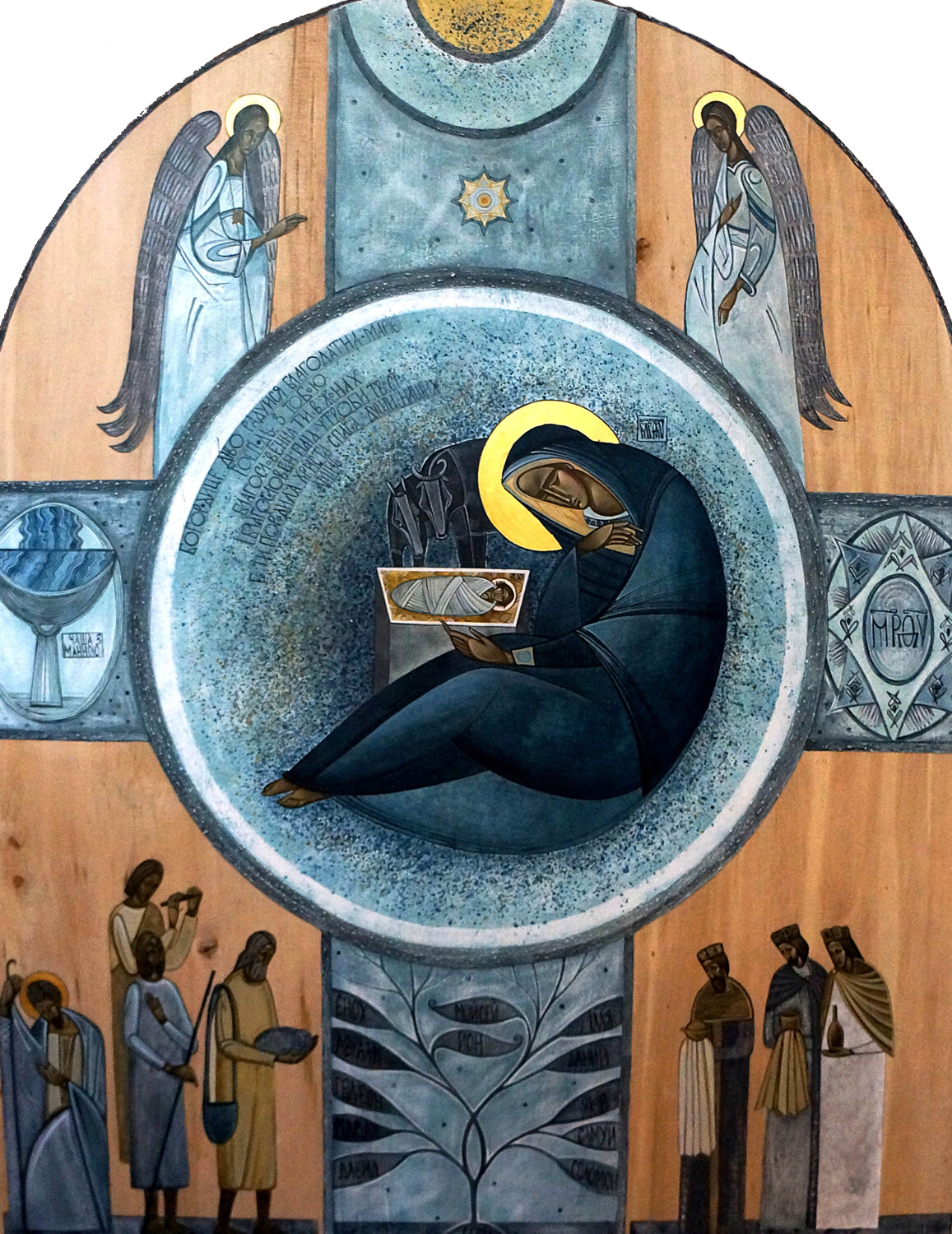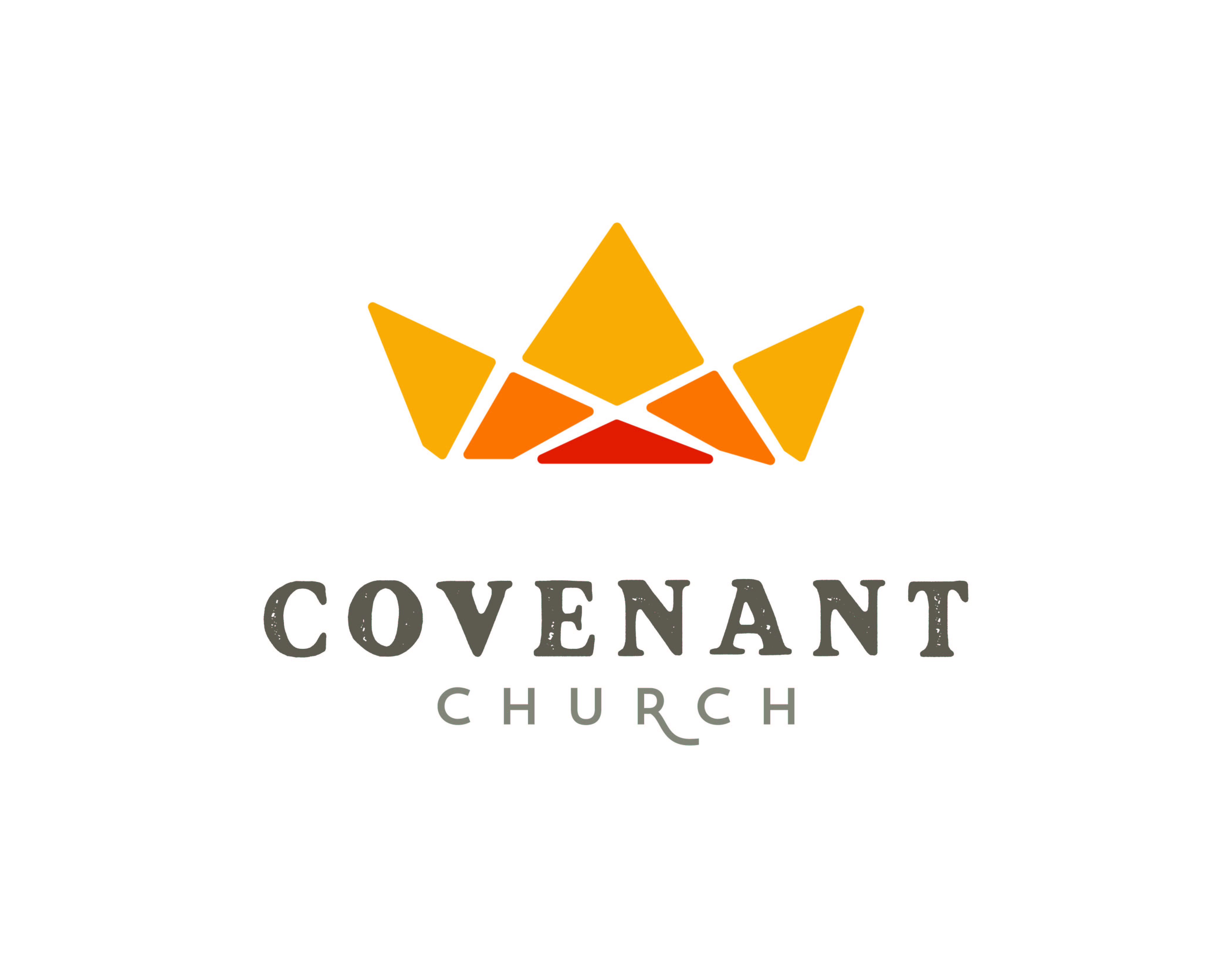
Christmas honors a one-of-a-kind moment in a time - when God took on human flesh. A child - the Son of God - is born.
But seen another way, Christmas is the earthly pivot point in the grand eternal work of redemption. In his soaring celebration of Jesus in Philippians 2, Paul pans out from that instant in time and takes in a wider view.
His hymn includes who Jesus was long before the angel first appeared to Mary, even long before God first fashioned Adam and Eve. It includes the beginning of his descent - that first step he took off the throne, going from being served to being a servant - that culminated in the manger. It also includes that further plunge into human flesh, the narrowing of the limitless Third Person of the Trinity into the span of a single human child.
The descent continued from that moment of birth all through a costly human life and ultimately reached the lowest of all possible points - a shameful death on a criminal's cross.
Then comes the Grand Reversal, when Jesus rises from death to life and continues to rise, ascending from the human plane to the heavenlies, where he resumes his place on the throne. Once again, he is worshipped as God the Son, and also as God our Savior and our King, now and at the close of the age.
Join us as we follow Jesus along this descending arc leading up to and leading beyond that moment in the manger two thousand years ago.
December 1: Jesus the Son
Philippians 2:5-6
December 8: Jesus our Servant
Philippians 2:5-7
December 15: Jesus our Sibling
Philippians 2:5-8
December 22: Jesus our Sacrifice
Philippians 2:5-8
December 24: Jesus our Supreme Ruler
Philippians 2:5-11
December 29: Satisfaction in God
Psalm 63:1-5
Phone Wallpaper Image
Download the image below to use on your phone's home screen.

A NOTE ABOUT THE ARTWORK:

Christmas
Anna Sokolan
2018
Acrylic and graphite on wood panel
203w x 284h x 5d cm
This icon is built compositionally on the foundation of a cross which places the Christ Child and Mary at the very center.
Each quadrant of the work illustrates a different aspect of the nativity story—worshiping shepherds with a seated Joseph, the three Magi bearing gifts, heavenly angels, and the star of Bethlehem.
Located in the bottom portion of the cross, the Tree of Jesse represents the genealogy of Jesus.
The bowl of manna on the left side of the cross points to Jesus as the “bread of life.”
The work, which Solokan renders mostly in blue, gold, ocher, and gray, creates a sense of peace and calm. The blue tunic of the Virgin symbolizes heavenly purity. The gold and golden ochre used for the angels, celestial sphere, and cradle of Jesus signify royal glory, dignity, and wealth. Jesus is swaddled in white—symbolizing purity and holiness.
As we look more closely: The mother and child appear to be in the bottom of a deep well. The perspective starts with a wide circle and narrows down to the figures in the center. Perhaps the artist imagined Christ in vast uncreated eternity becoming smaller and smaller through the incarnation until he became a little baby. In the icon, the baby is lying in what could either be a manger or a coffin, presaging Christ’s death on our behalf.
Now let’s imagine the reverse journey. We start with our tiny hearts, shrunk by sin, restricted in perspective. First, they open enough to let Christ in and are redeemed by his death and resurrection. Then they expand ever more widely through the actions of the Holy Spirit in our lives.
What is an icon? It is a traditional art form used in the Eastern Orthodox Church. According to Merriam-Webster Dictionary, an icon is “a representation (as in a mural, a mosaic, or a painting on wood) of sacred events or especially of a sacred individual (such as Jesus Christ, the Virgin Mary, or a saint) used as an object of veneration or a tool for instruction.”






